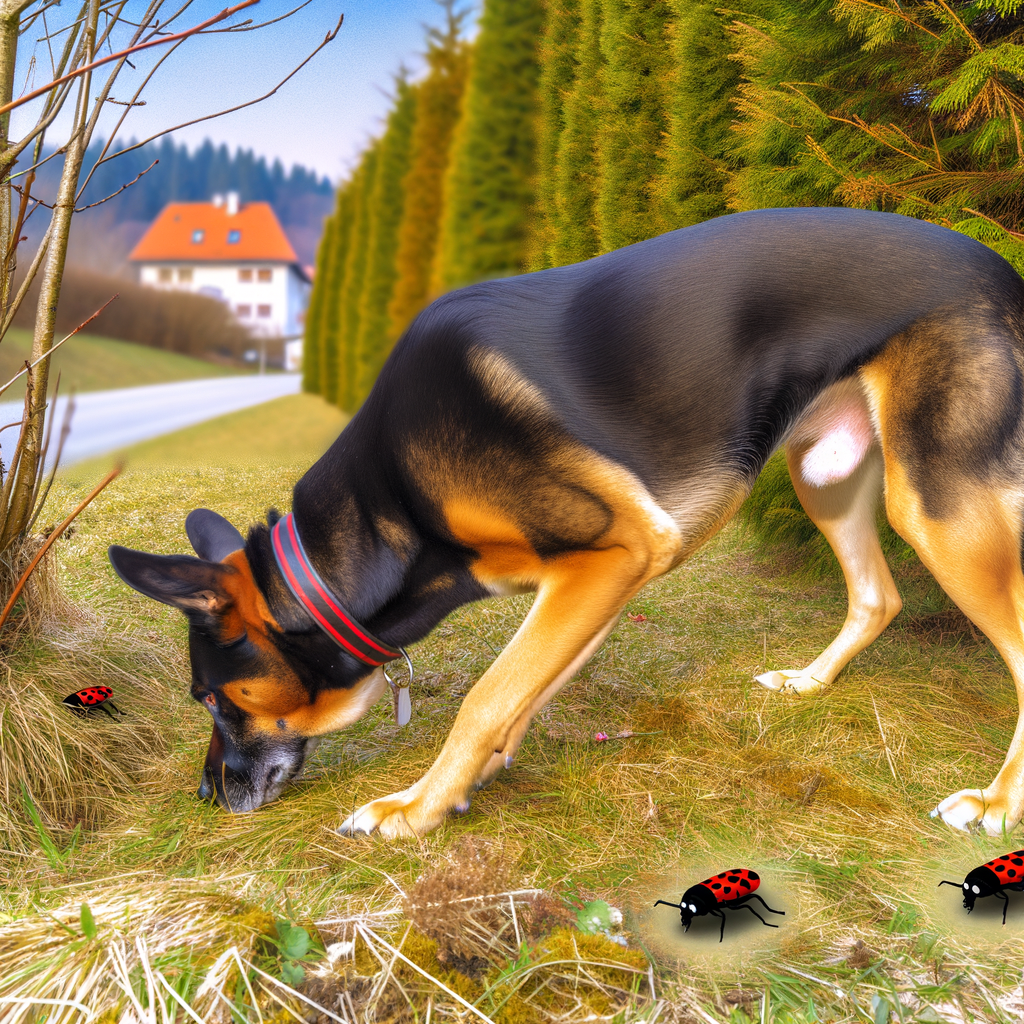7th Annual Holiday Toy & Treat Event! Bring Joy To a Shelter Pet
How Dogs Are Helping Detect the Invasive Spotted Lanternfly
Guest Contributor
The spotted lanternfly is an invasive insect causing significant damage to crops and trees across the United States. Detecting its presence early is crucial to controlling its spread and protecting the environment and agriculture.
Researchers have turned to an innovative solution: training dogs to sniff out the spotted lanternfly. Dogs have an extraordinary sense of smell, making them ideal candidates for detecting the unique scent of this pest even at low population levels.
These specially trained dogs undergo rigorous training to recognize the odor of the spotted lanternfly in various life stages. Once trained, they can survey large areas quickly and more effectively than traditional methods, which are often labor-intensive and less precise.
Using dogs offers several advantages, including early detection that allows for swift intervention, reducing the insect's impact on vineyards, orchards, and forests. This method also supports environmental sustainability by minimizing pesticide use and improving monitoring accuracy.
The program has shown promising results, with dogs successfully identifying infestations that might have otherwise gone unnoticed. This breakthrough highlights the valuable role animals can play in environmental conservation and pest management.
As spotted lanternflies continue to threaten ecosystems and agriculture, innovative solutions like canine detection provide hope for better control and protection measures. The collaboration between scientists and dogs exemplifies how human-animal partnerships can address pressing ecological challenges.

